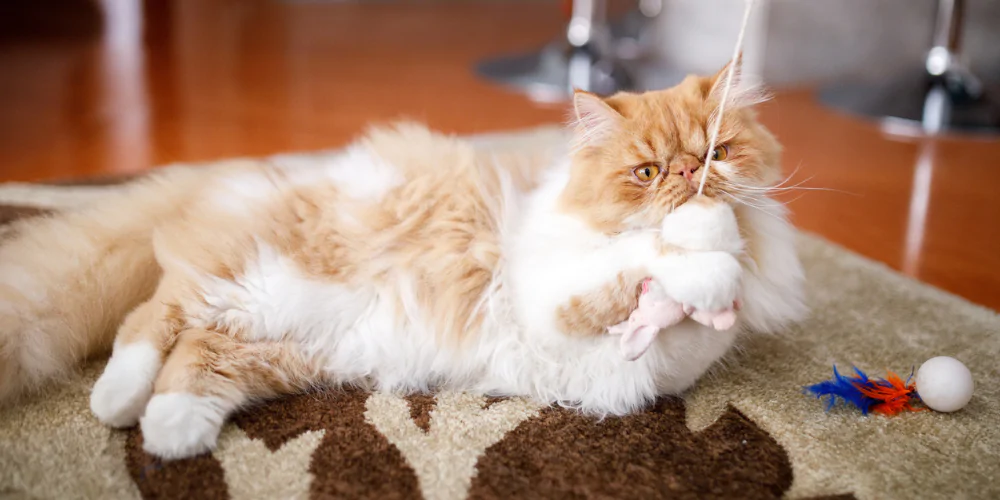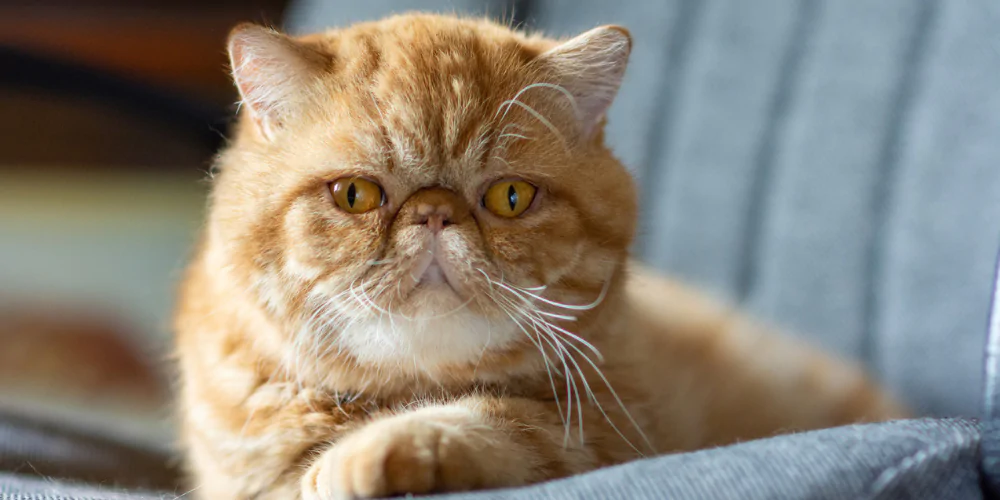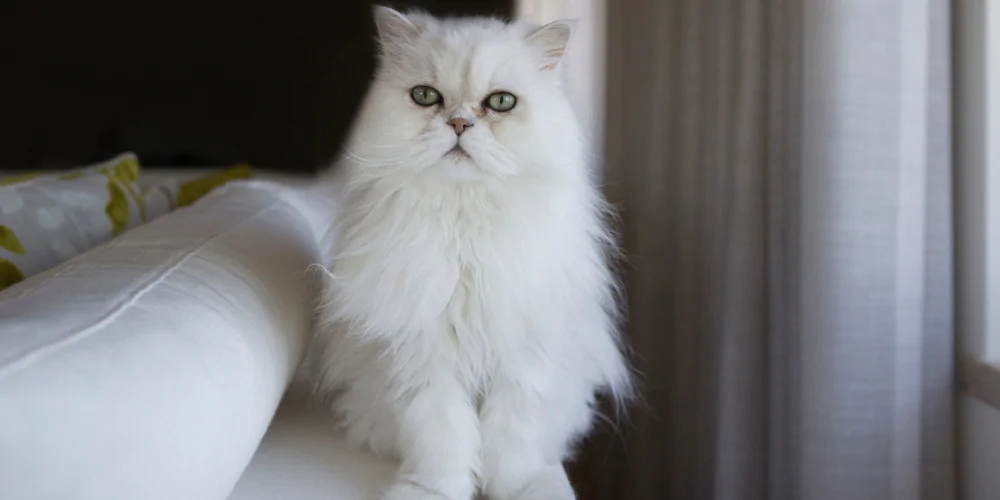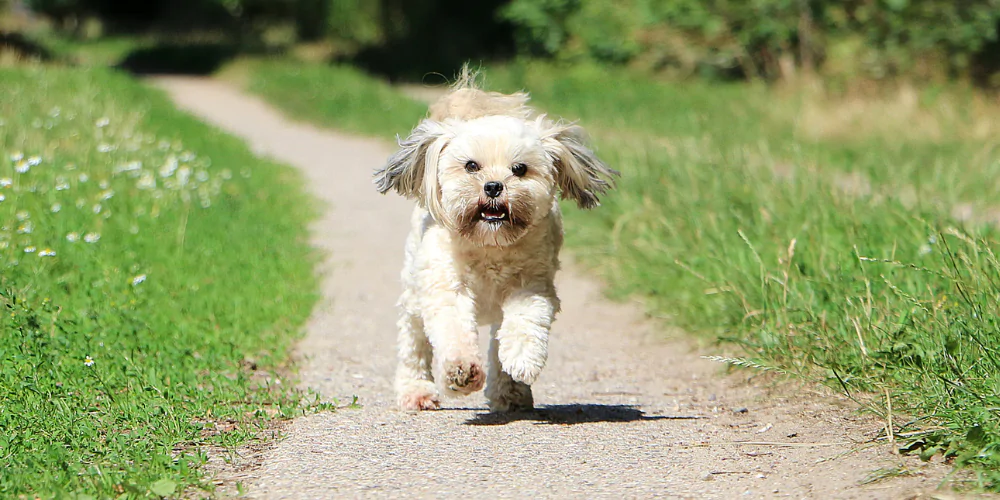
What you need to know about brachycephalic pets

Dr Scott Miller
5 July 2022
Brachycephalic breeds (also known as flat-faced breeds) have become popular members of many UK families in recent years. Between 2002 and 2013, the Kennel Club saw a 730% increase in Pug registrations and a 2,708% increase in French Bulldog registrations.
But many owners don’t know about the serious health risks that affect these pets. Expert vet Dr Scott Miller is here to share what you need to know about brachycephalic syndrome. From recognising and managing symptoms to treatment options, learn how to care for your flat-faced cat or dog.
- What is brachycephalic syndrome?
> What are the signs and symptoms of brachycephalic syndrome?
> What are some other health problems for flat-faced pets? - Which dog breeds are brachycephalic?
> Which cat breeds are brachycephalic? - How do vets diagnose brachycephalic syndrome?
- What are the treatment options for brachycephalic syndrome?
> How much is surgery for brachycephalic obstructive airway syndrome (BOAS)?
> Does pet insurance cover surgery for brachycephalic obstructive airway syndrome (BOAS)? - How do I care for my brachycephalic pet?

What is brachycephalic syndrome?
Brachycephalic syndrome describes a group of conditions which often affect cats and dogs with flat faces and shorter skulls. This includes:
- An elongated soft palate – the end of the palate is too long and thick for the face, causing it to block the back of the throat
- Stenotic nostrils (nares) – the nostrils are narrow or pinched, making it more difficult to breathe
- Everted laryngeal saccules – the tissue in front of the vocal cords is pulled into the windpipe, partially blocking airflow
- Hypoplastic trachea – the windpipe is narrower than normal
Brachycephalic syndrome is also known as brachycephalic obstructive airway syndrome (BOAS).

> What are the signs and symptoms of brachycephalic syndrome?
To know whether your pet might have brachycephalic syndrome, look out for the following tell-tale signs:
- Noisy breathing, especially when breathing inward
- Retching or gagging, particularly when trying to swallow
- Difficulty exercising
- Collapsing when over-excited or in hot and humid weather
- A blue tongue and gums

> What are some other health problems for flat-faced pets?
Sadly, pets with brachycephaly can also suffer from other health issues.
Eyes
- Eyelids that don’t completely close, causing a black pigment to build up and ulcers to develop
- Abnormal eyelashes that can cause irritation and injury to the eye
- Tears not draining properly, leading to eye discharge, tear staining, and eye infections
Teeth
- A misaligned jaw, making chewing and biting difficult
- Cramped overlapping teeth, increasing the risk of tooth decay and gum disease
Skin
- Deep skin folds that are hard to clean, leading to yeast and bacterial infections
- These deep and excessive skin folds can often become sore and itchy
Spine
- Abnormally shaped and misaligned vertebrae, resulting in a curved spine
- A build-up of cavities or cysts on the spinal cord
Weight
- Breathing difficulties reduce the desire or ability to exercise
- This leads to a higher risk of obesity which in turn makes breathing harder
English and French Bulldogs may also need help giving birth due to a mismatch in puppy head size and the mother’s birth canal. Caesareans are especially risky for flat-faced breeds.

Which dog breeds are brachycephalic?
You might be surprised at which popular dog breeds are brachycephalic. It’s also important to know that some pet insurers may not be able to cover certain brachycephalic breeds.
Small to medium-sized flat-faced dog breeds include:
- Affenpinscher
- Boston Terrier
- Boxer
- Bulldog
- Cavalier King Charles Spaniel
- French Bulldog
- Lhasa Apso
- Pekingese
- Pug
- Shih Tzu
Larger flat-faced dog breeds include:
- Bullmastiff
- Chow Chow
- Cane Corso
- Dogue de Bordeaux
- Shar Pei

> Which cat breeds are brachycephalic?
There are fewer cat breeds than dogs with brachycephaly.
Some of the more popular flat-faced cat breeds include:
- Exotic Shorthair
- Himalayan
- Persian
The condition can also affect cat breeds like:
- British Shorthair
- Burmese
- Scottish Fold

How do vets diagnose brachycephalic syndrome?
Vets will carry out a full physical examination of your pet to not only diagnose their brachycephalic syndrome but also its severity.
This includes checking the size of their soft palate, the width of their nostrils, and the condition of their larynx.
They can also look out for the more obvious signs such as:
- Laboured breathing
- Wheezing
- Snorting

What are the treatment options for brachycephalic syndrome?
Obesity affects your brachycephalic pet’s symptoms. Controlled exercise in cooler weather and special diets can help them lose weight and stay lean.
Vets can recommend short-term treatments to help relieve symptoms:
- Oxygen therapy
- Corticosteroids for inflammation
Surgery may be needed to help with more severe brachycephalic breed characteristics. This is done to give them a better quality of life:
- Shortening the soft palate
- Taking away parts of the larynx which have collapsed
- Widening the nostrils

> How much is surgery for brachycephalic obstructive airway syndrome (BOAS)?
The cost of surgery for BOAS varies depending on the vet practice and where you are in the UK. Pricing can start from £1,500 so have a look at your local clinic’s website or speak to your vet for their price list.
The cost of BOAS surgery often includes:
- Anaesthesia, drugs, and medication
- Equipment and time
- Critical care monitoring before and after the operation
- Post-surgery check-ups
- Any other critical work needed during surgery

> Does pet insurance cover surgery for brachycephalic obstructive airway syndrome (BOAS)?
You may be able to claim for BOAS surgery through your pet insurance. Always check your policy wording carefully to see what’s covered.
For example, some providers may only cover BOAS surgery if it’s not a pre-existing condition. At Petsure, all pre-existing conditions are considered*.

How do I care for my brachycephalic pet?
As we’ve seen from their breed characteristics, flat-faced cats and dogs need extra care and attention. If you’re ever worried about your pet’s health, always speak to your vet. Petsure customers have free 24/7 access to video calls with a FirstVet vet if they need expert advice.
Here’s some ways to manage their symptoms and keep them as healthy as possible:
Weight
- Keep an eye on your pet’s weight. Your vet will advise on a healthy weight based on your pet’s breed, age, and gender.
- Measure their food and take any treats out of their daily food allowance to make sure you’re not overfeeding them.
Exercise
- Create a regular exercise routine for your pet that’s consistent but doesn’t overexert them.
- Think about using a harness when walking your dog as a collar could restrict airflow if they pull.
- Don’t walk your cat or dog in hot or humid weather. Choose cooler times of the day (like early morning and evening) for walks during the summer months.
- Make sure they always have a constant supply of fresh, cold water.
Teeth
- Brush your pet’s teeth every day using a pet-specific toothbrush and toothpaste.
- Take them to the vet every six months for their full health check (which also includes a dental checkup).
Eyes
- Regularly check your pet’s eyes for soreness, redness, and discharge.
- Watch for signs that they might be in discomfort, like rubbing their eyes with their paw.
- Also look out for constant blinking or winking which is also a sign of irritation.
Skin
- Check between their skin folds every day for redness, flakiness, discharge or unusual smells.
- Clean and dry their skin folds on a daily basis to avoid bacterial and yeast infections.
Protect your cat or dog from unexpected vet costs with a Petsure pet insurance policy.
*Cover for pre-existing medical conditions is subject to acceptance. They will not be covered unless you have declared them and they are shown on your Confirmation of Cover.


